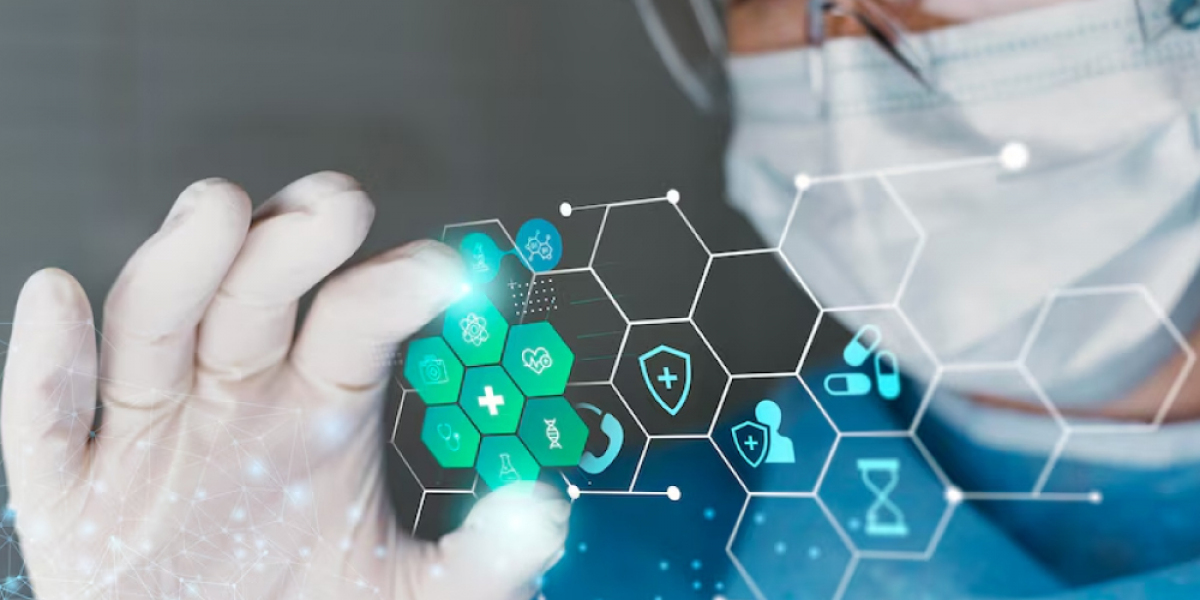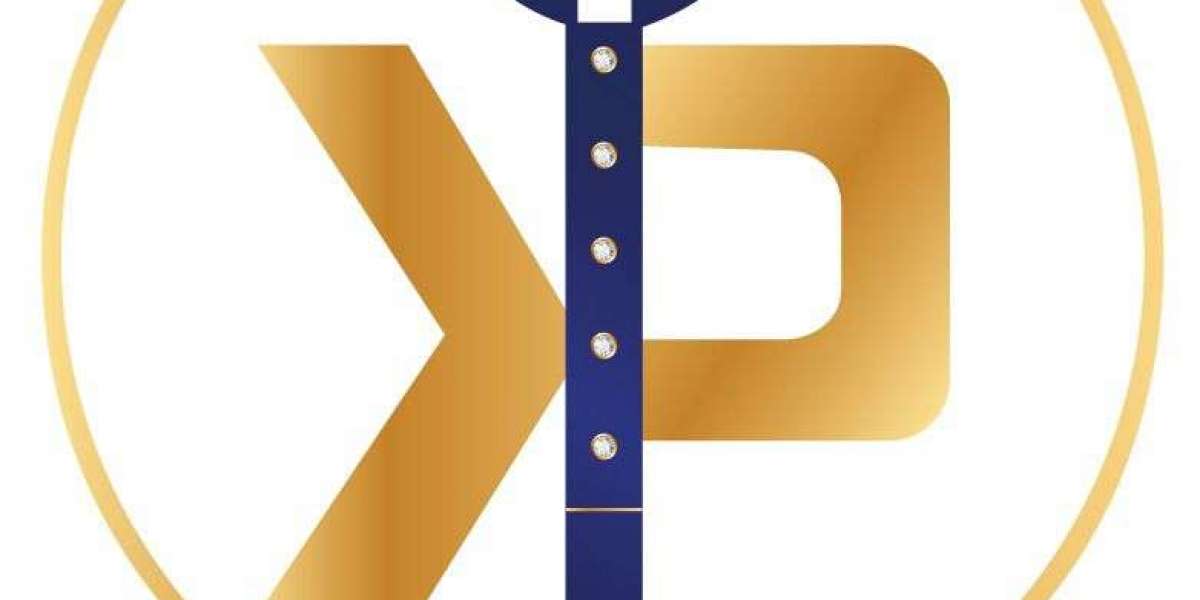Orthobiologics: Advancements in Regenerative Medicine for Joint and Tissue Repair
This branch of medicine leverages natural biological substances and processes to accelerate the healing and repair of tissues, especially in the context of musculoskeletal health. The most common treatments under the orthobiologic umbrella include stem cell therapies, platelet-rich plasma (PRP) therapy, and growth factor injections, all of which have demonstrated promising results in both clinical and experimental settings. This article explores the latest advancements in orthobiologics, their applications in joint and tissue repair, and the future potential of these therapies.
Orthobiologics is an innovative and rapidly growing field within regenerative medicine, offering exciting prospects for the treatment of musculoskeletal disorders, including joint injuries, arthritis, and soft tissue damage.
What Are Orthobiologics?
Orthobiologics refers to the use of biological materials to treat musculoskeletal injuries and disorders. These materials can include stem cells, growth factors, platelets, and other natural components derived from the body’s own tissues. The idea behind orthobiologics is to harness the body’s inherent ability to heal itself, but to do so in a controlled and more efficient manner. Instead of relying on invasive surgeries, orthobiologics aims to stimulate and accelerate tissue repair through regenerative processes.
Key to this approach is the use of substances that can promote tissue regeneration, enhance healing, and reduce inflammation. These treatments are typically used for conditions like osteoarthritis, tendon and ligament injuries, cartilage defects, and other musculoskeletal conditions that cause pain and dysfunction. They offer a non-surgical alternative for patients who may not want, or may not be candidates for, invasive surgeries like joint replacements.
Key Components of Orthobiologic Treatments
Stem Cells
Stem cell therapy is one of the most exciting advancements in orthobiologics. Stem cells are unique because they have the ability to differentiate into various types of cells, including cartilage, bone, and muscle. When injected into damaged tissues, stem cells can potentially repair and regenerate tissues that have been injured due to trauma or disease.
The most commonly used stem cells in orthobiologic treatments are mesenchymal stem cells (MSCs). These cells are found in various tissues of the body, including bone marrow, adipose tissue (fat), and umbilical cord blood. MSCs are known for their ability to promote tissue regeneration by differentiating into different types of cells and secreting growth factors that can promote healing.
Platelet-Rich Plasma (PRP)
Platelet-rich plasma therapy has gained significant attention in orthopedics and sports medicine as a non-invasive treatment for joint and soft tissue injuries. PRP involves the extraction of a small sample of the patient’s blood, which is then processed to concentrate the platelets. Platelets contain growth factors that are crucial for tissue repair and regeneration.
When injected into an injured or degenerated area, PRP can accelerate the healing process by stimulating cellular repair, reducing inflammation, and promoting new tissue growth. PRP is commonly used for tendon injuries, osteoarthritis, and ligament sprains, providing a less invasive treatment option compared to surgery.
Growth Factors
Growth factors are naturally occurring proteins that play a critical role in cell growth, healing, and tissue regeneration. Orthobiologics treatments often involve the injection of growth factors like transforming growth factor-beta (TGF-β), vascular endothelial growth factor (VEGF), and platelet-derived growth factor (PDGF), among others. These growth factors are known to stimulate tissue repair by encouraging cell proliferation, collagen formation, and blood vessel formation.
Many of these growth factors are used in conjunction with stem cell or PRP therapies to enhance the regenerative process, allowing the body to heal more effectively and efficiently.
Exosomes and Microvesicles
Recent advancements have introduced the use of exosomes and microvesicles in regenerative medicine. These are small particles released from cells that contain proteins, lipids, and RNA. They play a vital role in cell-to-cell communication and have been shown to have regenerative properties. Exosome-based therapies are still in early stages, but they hold promise for boosting tissue regeneration, particularly in cartilage repair and joint health.
Applications of Orthobiologics in Joint and Tissue Repair
Orthobiologic therapies are increasingly used to treat a wide range of musculoskeletal conditions, from chronic degenerative diseases to acute injuries. The following are some of the most common applications:
Osteoarthritis (OA)
Osteoarthritis is a degenerative joint disease characterized by the breakdown of cartilage, leading to pain, stiffness, and loss of function. Orthobiologics offer a potential solution to slow the progression of OA and promote cartilage regeneration. Stem cells, PRP, and growth factors have shown promise in treating OA by reducing inflammation, stimulating cartilage regeneration, and improving joint function.
In clinical trials, MSC injections have demonstrated the ability to slow the degeneration of cartilage and even promote cartilage regeneration in some cases. Similarly, PRP injections have been found to reduce pain and improve mobility in patients with knee OA.
Tendon and Ligament Injuries
Tendon and ligament injuries are common in athletes and active individuals. These injuries can be slow to heal, often requiring extensive rehabilitation or even surgical intervention. Orthobiologic treatments such as PRP and stem cell injections can accelerate the healing process by stimulating the repair of injured tendons and ligaments.
For example, PRP therapy has been widely used to treat chronic tendinopathy, where tendons become inflamed and degenerated over time. Similarly, stem cell injections have been used to promote the healing of torn ligaments and tendons, particularly in cases where conservative treatments have failed.
Cartilage Repair
Cartilage damage, whether due to trauma or degenerative diseases like OA, is a common cause of joint pain and dysfunction. Traditional treatments for cartilage damage, such as joint replacement surgery, carry significant risks and a long recovery time. Orthobiologics, particularly stem cell therapies, offer a promising alternative.
Stem cells can differentiate into chondrocytes (cartilage cells) and repair damaged cartilage. When combined with growth factors, these treatments can stimulate the regeneration of healthy cartilage tissue, offering relief for patients with joint cartilage defects.
Spinal Disc Regeneration
The discs between the vertebrae in the spine can deteriorate over time, leading to back pain and nerve compression. Orthobiologics, especially stem cell therapies, are being studied for their potential to regenerate spinal discs. Research indicates that MSCs can promote the regeneration of damaged disc tissue and reduce inflammation, offering a non-surgical approach to treating degenerative disc disease.














